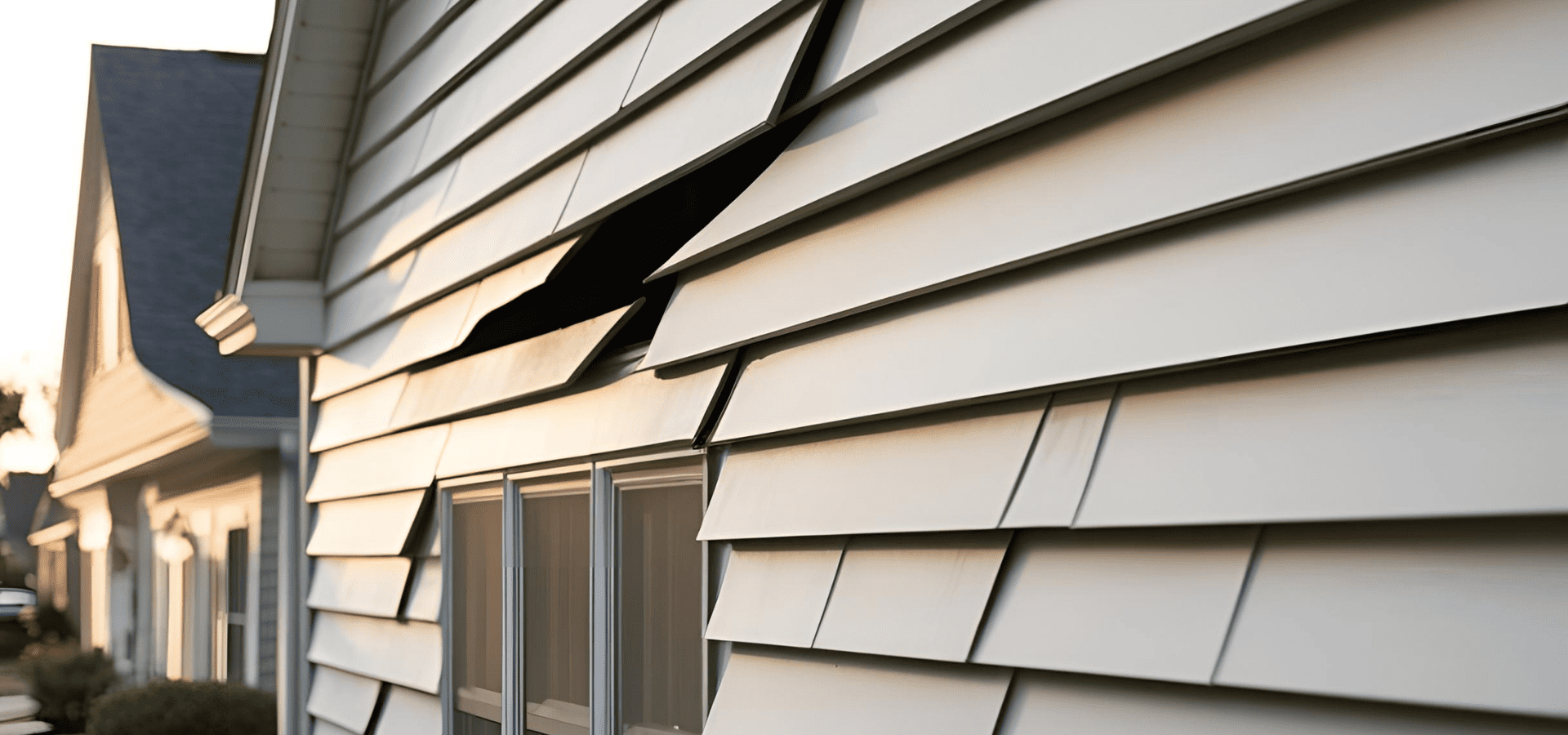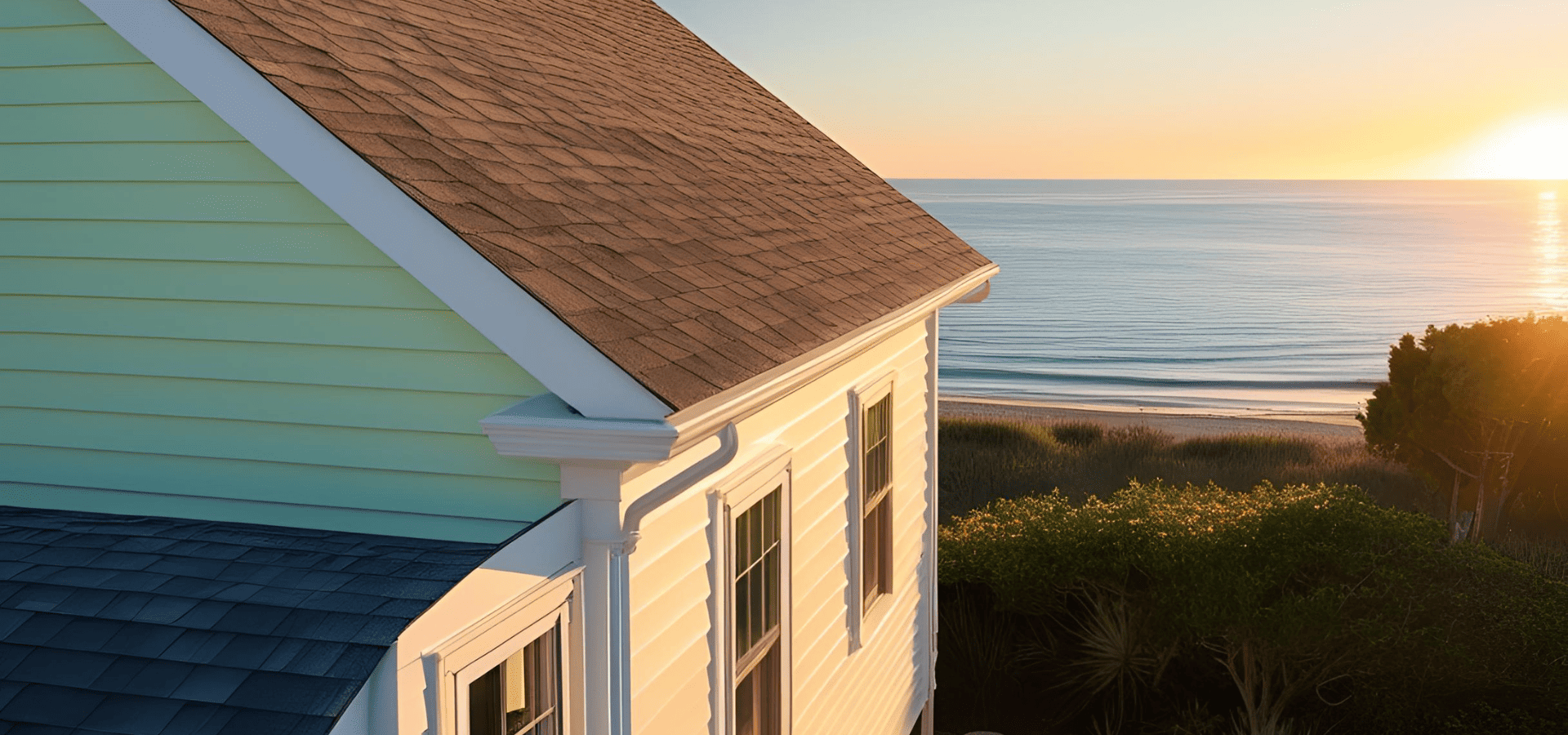How Much Does Siding Cost?
On average, it costs between $15,000 and $17,000 for new siding on a 2,500-square-foot house. Of course, it all depends on your home’s size and layout. Location matters too. If you’re near a metropolitan area there’s likely more competition for lower prices. The type of siding you choose also makes the biggest difference in what you pay for siding cost.
Worn or damaged siding drags down your home’s curb appeal. But you’ll have hidden utility costs, since it’s not energy-efficient. Yes, there’s an upfront cost for siding installation. But it pays off through raising your house value. It also protects your home’s interior structure since water leaks occur less often with newer siding.
Let’s look at some of the siding cost factors, so you’ll know what to expect. Installing exterior siding makes your home look better instantly. But it’s a big investment. So, let’s break it down.
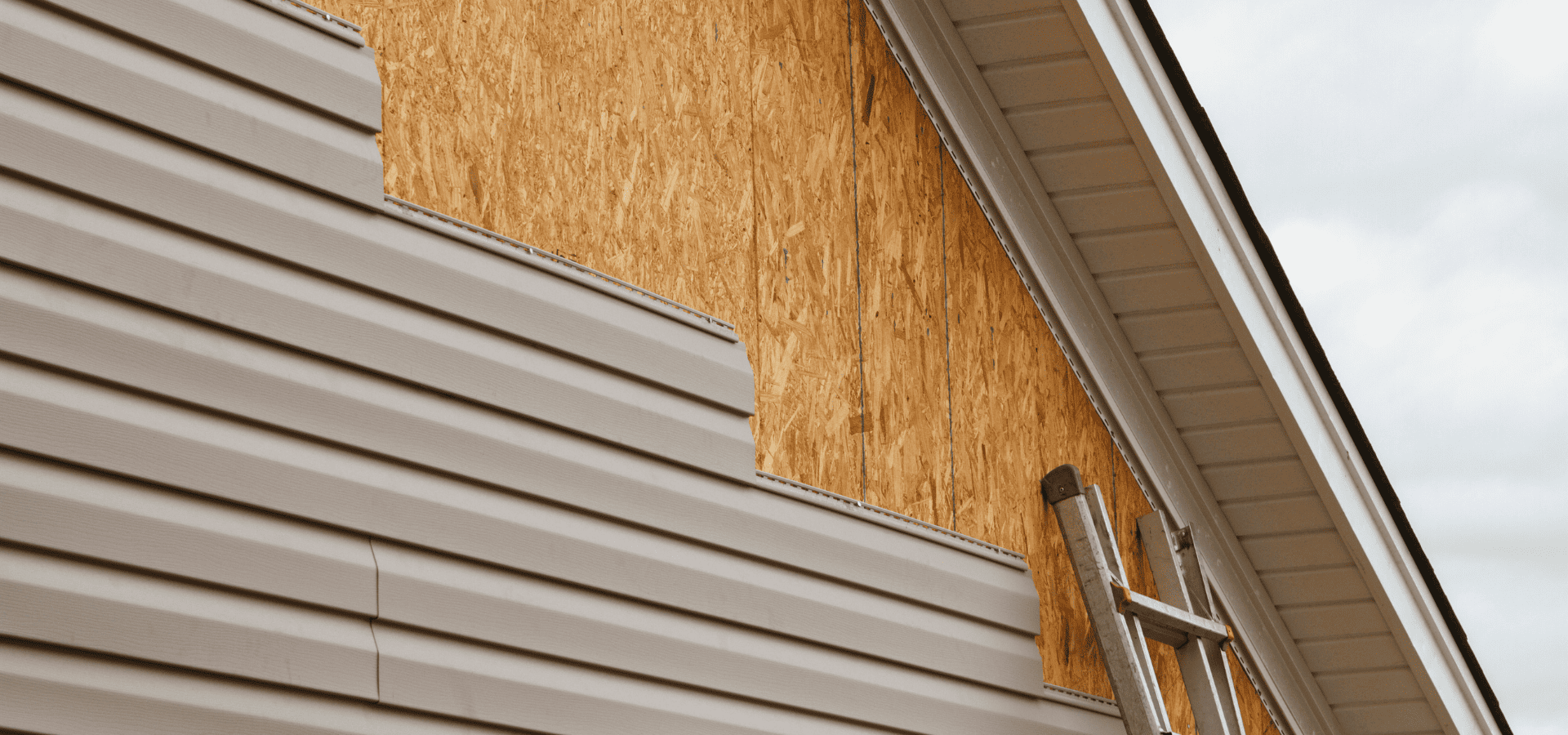
Siding Cost per Square Foot
It costs about $8 to $10 per square foot for new siding installation. Vinyl is a lower cost option, especially compared to brick or natural stone.
Most siding materials also have square foot pricing. It’s the same for insulation and window flashing. Labor fees and building permits also cost more per square foot. So larger homes naturally cost more to side than smaller ones.
DIY Project or Professional Installation?
If you have a single-story house and you’re pretty handy, you might be able to install siding yourself. Vinyl siding is the easiest choice for DIY projects.
But you still need to install vinyl siding properly with careful attention to detail. Each screw or nail you tap in makes a difference. They create a potential entry point for moisture and rain. And once dampness seeps under the siding, you could face big problems.
Yes, you could invite some friends over to help and likely get siding installed over a long weekend. But each friend adds in different construction styles. And it’s likely they have no more experience than you do.
Besides the need for proper installation, you’ll have to remove the old siding. Then, factor in the cost of hauling it away. Especially if you have to rent a dumpster or truck, costs add up. In addition, you’ll need to rent or buy special tools for cutting and fitting the siding.
Instead, the best bet is hiring a
local siding professional. They’ll have the proper tools and experience with a wide variety of siding materials. Plus they have the knowledge to remove the old siding without damaging your home’s structure. They can also make any needed repairs before installing the new siding.
You’ll get peace of mind that your project is professional. So there won’t be leaking screws or rain seeping behind your siding.
Siding Material Costs
New house siding can yield a 97.6 to 102.2% rate of return on investment. That means when you go to sell your house, you’ll get almost every dollar back on fiber-cement or vinyl siding installations. It also means that adding a manufactured stone veneer accent can actually earn you money.
So, if you weren’t sold on tackling this project, just look at the returns. You’ll get instant curb appeal and more energy efficiency. Plus, your future self will thank you for making such a good investment.
Now, let’s look at the siding cost for different material options.
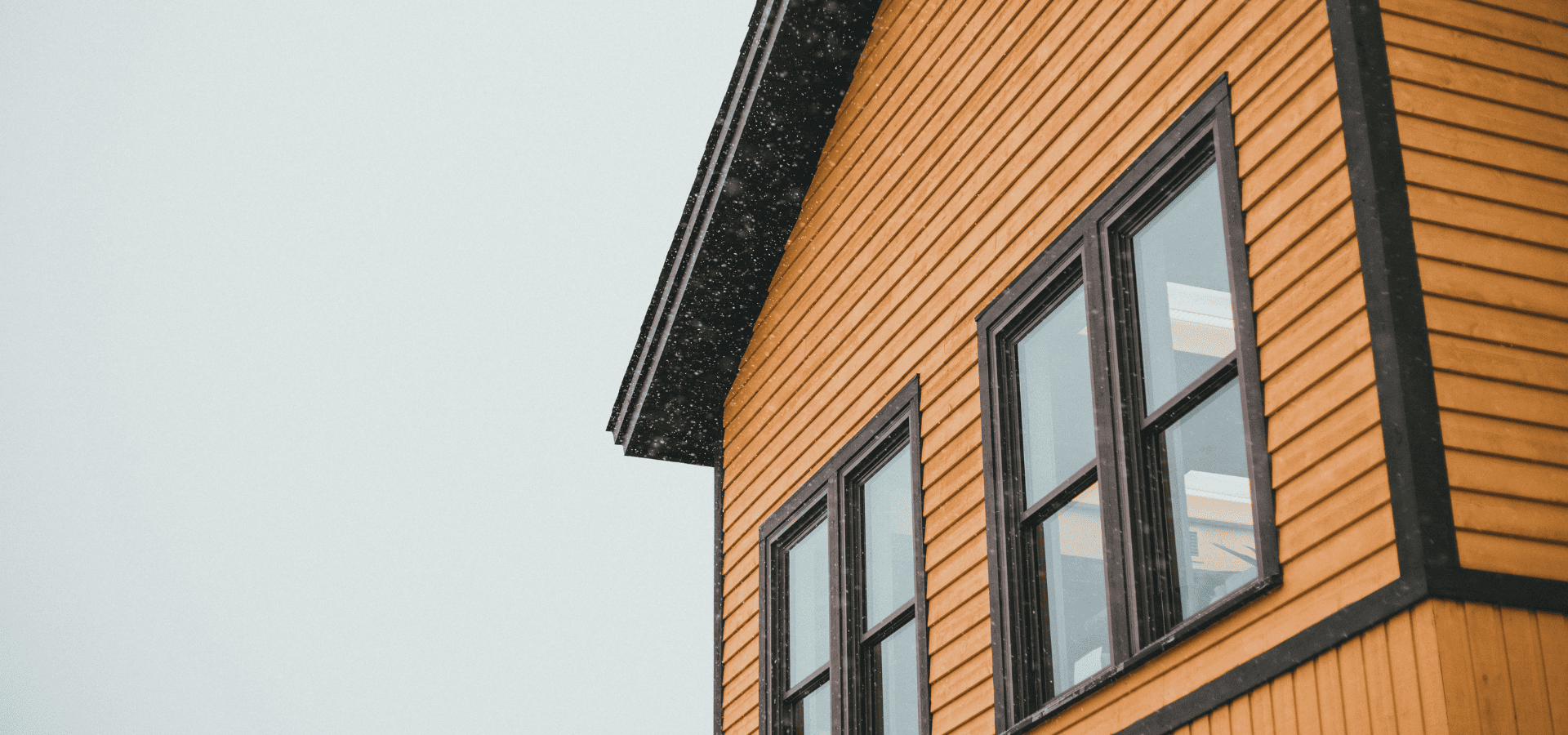
Vinyl Siding
Vinyl is the most popular choice for siding. It’s also the most affordable between $4.50 and $11 per square foot. You’ll have a ton of color and style choices. Plus vinyl comes in many sizes and finishes.
The national average cost for vinyl siding installation is around $19,000. That price includes the siding, trim pieces, and labor. Of course, your cost depends on location and product availability.
Wood Siding
Wood siding runs between $5 to $15 per square foot. It’s a classic choice, but not a common one anymore. Wood needs sealing, painting, and treating more often than other siding types. It’s also prone to insect damage. Wood warps more than other options, but it’s easily repaired too. Even though wood is a high-maintenance choice, it’s a beautiful siding option.
Fiber Cement
Fiber cement or Hardie board costs between $5 and $10 per square foot. It comes from cement and wood pulp that forms a natural wood looking panel. But unlike real wood, it doesn’t warp or rot. It also resists insects, moisture, and weather.
Furthermore, fiber cement siding is flame-resistant, so it’s a safe alternative. You can paint pre-primed boards or select a pre-painted, long-lasting finish.
Brick
Brick siding creates a classic look. It costs between $8 and $20 per square foot. As one of the most durable choices, brick is ideal in areas with extreme weather. It also withstands intense sun exposure without fading. Intricate patterns cost more than straight brick laying.
Stone Veneer
Stone veneer is another classic style. It adds a touch of nature to earth-toned homes. You’ll find stone veneers in many styles to fit most any home style. They cost between $11 to $20 per square foot. You can also choose mortarless veneer at a lower price, around $6 to $10 per square foot. It’s easier to install, so it costs less.
Natural Stone
The most expensive siding in our list is natural stone. It’s heavy and needs a skilled mason for installation. That drives costs up to $30 to $50 per square foot. The weight makes this option expensive for transporting and installing.
Natural stone is ideal for high-end homes. It lasts a lifetime and looks stunning. But not all house structures are fit for it. It’s about four inches thick, so that puts strain on the home’s structure. Stone veneer is a more affordable option that also weighs much less.
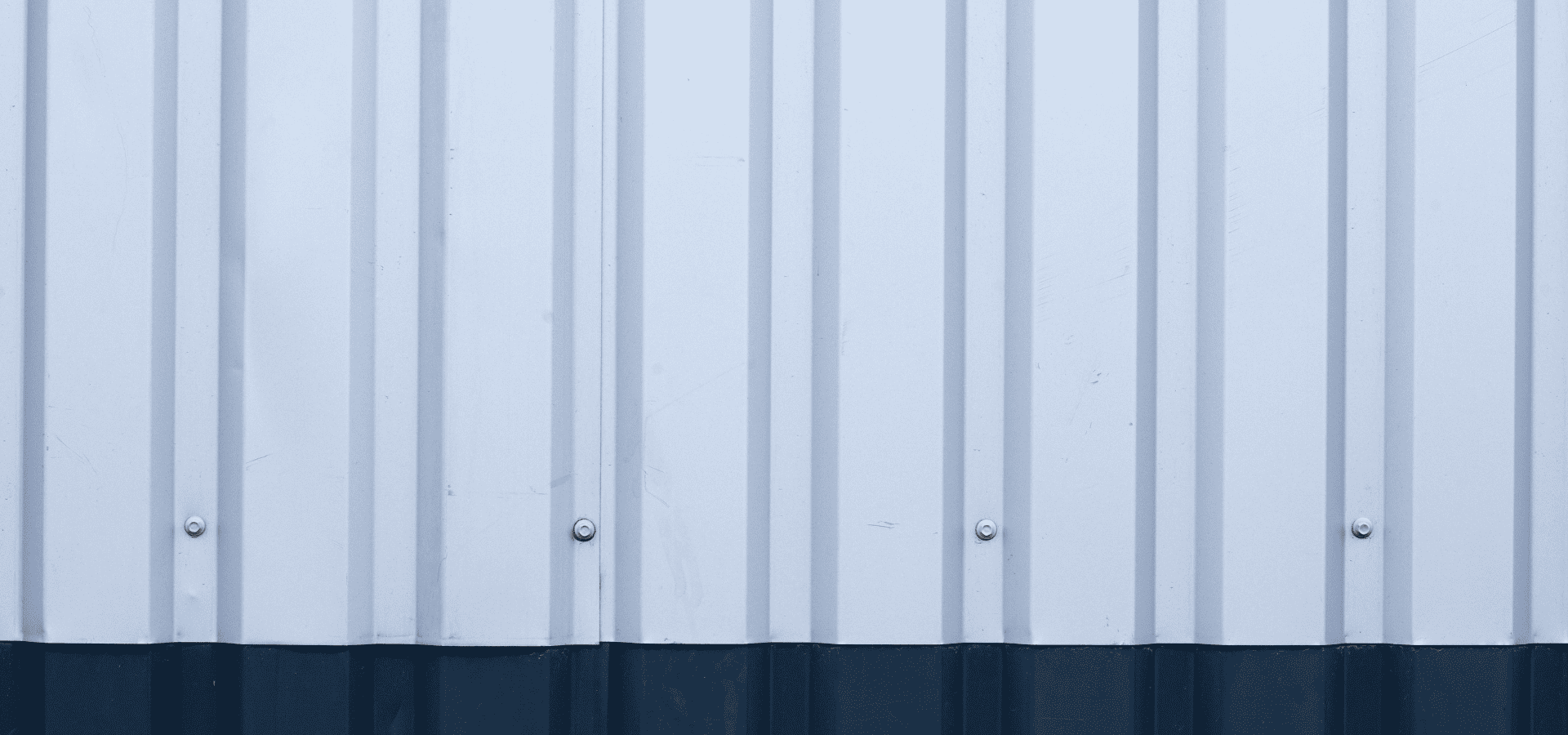
Metal Siding
Metal siding is ideal for budget-friendly projects. It ranges from $5 to $11 per square foot for a durable product. Metal siding comes in many colors and is weather-resistant. That makes it a good choice for eco-friendly, recyclable siding.
Don’t just think about industrial buildings for metal siding. It is dent-resistant and fire-proof. That makes it an excellent choice for rural areas prone to wildfires. It’s also a low maintenance choice that lasts 30 to 40 years. After vinyl, it’s the next most affordable siding option.
Stucco
Stucco siding needs a specialized mason for proper installs. It costs about $9 to $15 per square foot to install. Stucco combines Portland cement with water and sand for a durable finish. The texture looks great and doesn’t crack or chip easily. It insulates your home against noise and heat.
Other Factors That Impact Siding Costs
Besides labor and materials, there are other factors to consider when looking at siding cost.
Home Size and Shape
The size of your home makes a difference in overall costs. Quite simply, more square footage equals more costs. However, besides the size, your home’s shape also adds to costs. A rectangular ranch house needs fewer cuts and bends than a Victorian style. And a single story is easier to side than multiple floors. Likewise, dormers and non-standard roof angles can raise installation costs.
Existing Siding Removal
Depending on the siding type and home size, removing old siding costs around $3,000. Obviously, removing stone takes more time and labor than removing old vinyl. So, more labor-intensive jobs cost more.
Ask your local contractor if you need to remove and replace all the original siding. Some houses may only need a partial siding replacement. And that could save you a lot of money.
Home Location
Where you live makes a difference in siding costs for your house. Besides transportation costs, your location determines the type of siding you use. For example, stucco is more popular in Western states. So, there might not be a local expert where you live. On the other hand, if you live in a region prone to extreme weather, choose a siding better-suited for your area.
Paint Costs
Some types of exterior siding need painting, which adds to the price. Ask your contractor about pre-primed and pre-painted siding options. You might save money by going with a pre-painted option over regular re-painting needs.
Some homeowners like the fresh look of new paint. So, if you want to stay atop color trends, opt for a siding that you can personalize. Fresh paint does wonders for curb appeal, but it does add to your siding cost.
Customizations
Special-order customizations raise your siding expense. You can choose custom color shades, but you’ll pay more. You can also select specific trim styles, but they may cost more than standard options. Keep in mind that each customized aspect raises your costs.
Permits
Permits are part of most major home investments. Local municipalities have different codes and requirements. Plus you’ll likely need a new siding inspection. It depends where you live, but expect to pay anywhere from a couple hundred to a couple thousand dollars for permits. Contractors include this cost in your siding installation bid. It’s not generally a separate siding cost that you’d incur.
You might also like
